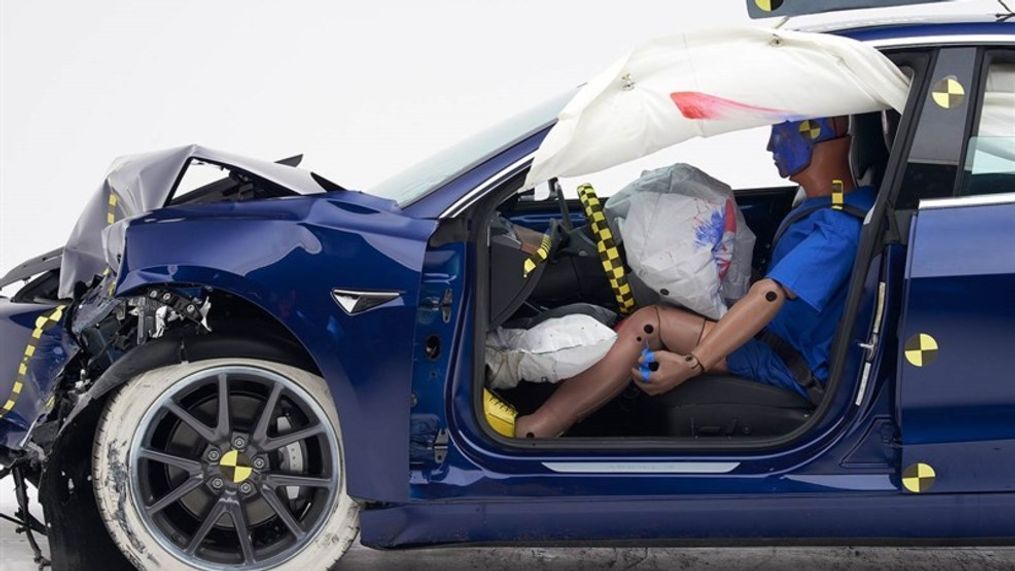New cars are safer but most owners won't have them for decades, says study

Critical life-saving safety features are arriving to new cars quicker but still take decades to trickle down to a majority of car owners.
On Tuesday, the Insurance Institute for Highway Safety-Highway Loss Data Institute reported that an analysis of cars' crashworthiness and safety systems revealed that automakers are about three times quicker to adopt life-saving technology into new cars, but widespread use among all cars on the road takes decades.
"The speed at which manufacturers are improving crashworthiness and rolling out new safety features has increased markedly in recent years," Matt Moore, senior vice president of HLDI, said in a statement. "But the advancements make their way into the broader fleet at varying rates."
For instance, rearview cameras, which were first introduced on new cars for 2002 and was legally mandated for all new cars in 2019, will be on roughly half of new cars on the road by 2023. Automatic emergency braking, first introduced in 2006, is expected to be on one out of four cars by 2023. Nearly all major automakers agreed to make automatic emergency braking standard by 2022.
That's faster than previous innovations in safety technology, the study reported. The moderate overlap front test conducted by the IIHS provided a stark contrast. The test, which simulates a car hitting a fixed barrier at 40 mph with 40% of its front width, was introduced in 1995. In 23 years, only about two in three cars on the road earned a top "Good" rating in the moderate front overlap test, an increase of 2% per year among all the cars on the road, according to the agency. Cars that earn a top "Good" score on the driver-side front small overlap test that was introduced in 2012, which simulates a car hitting a barrier at 40 mph with 25% of its front width, improved by about 6% per year to about 14% of all the cars on the road in 2019.
"As independent safety ratings gain prominence, they have become an important marketing tool for carmakers, resulting in faster rollouts," Moore said in a statement.
Just because automakers are making safer new cars doesn't mean vehicle owners are buying those new cars. With an average transaction price of new vehicles sold in 2019 at about $38,000, many drivers might be content holding on to their older cars. The average age of vehicles on U.S. roads is 11.8 years, which is the highest since IHS Markit began tracking average vehicle age in 2002.
The study suggested that government mandates and voluntary compliance by automakers can speed safety innovations to the road quicker for an overall safer fleet of vehicles on roads.
Read more from Internet Brands Automotive:
- Review: The $47,895 2020 Mercedes-Benz CLA35 AMG plays the middle ground
- Audi design boss: We've reached peak wheel size
- Deep dive: Brian's R34 Nissan Skyline GT-R from "2 Fast 2 Furious”
- Buick Regal won't return for 2021
- Review: The 2020 Mercedes-Benz GLB 250 plays all the right angles
